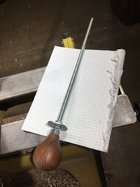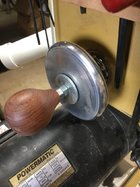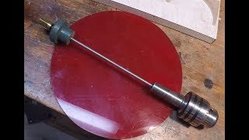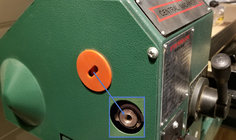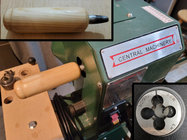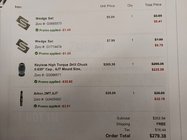Noob here again.
I am finding Jacob's chucks and #2 tapers from $35 to well over $100. What do I really need? Do I need a 1/2" chuck or will a 3/8" suffice? I am not seeing the value in the expensive chucks. Is there something I am missing? (Note: I like key-less chucks, but I am no so lazy or think that I will be changing bits so often that I am willing to pay a bunch extra for key-less.)
Any suggestions?
Again, thanks in advance,
Andrew
I am finding Jacob's chucks and #2 tapers from $35 to well over $100. What do I really need? Do I need a 1/2" chuck or will a 3/8" suffice? I am not seeing the value in the expensive chucks. Is there something I am missing? (Note: I like key-less chucks, but I am no so lazy or think that I will be changing bits so often that I am willing to pay a bunch extra for key-less.)
Any suggestions?
Again, thanks in advance,
Andrew

